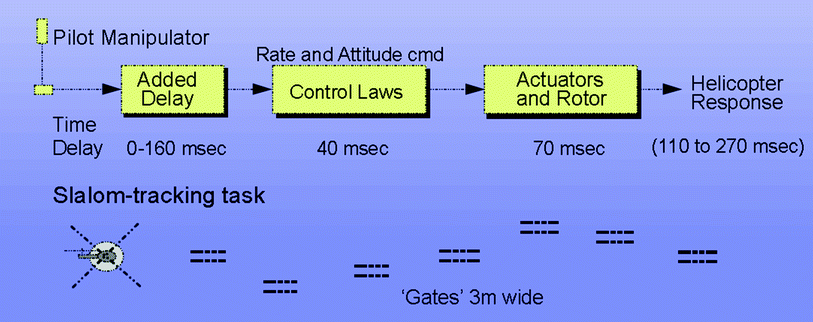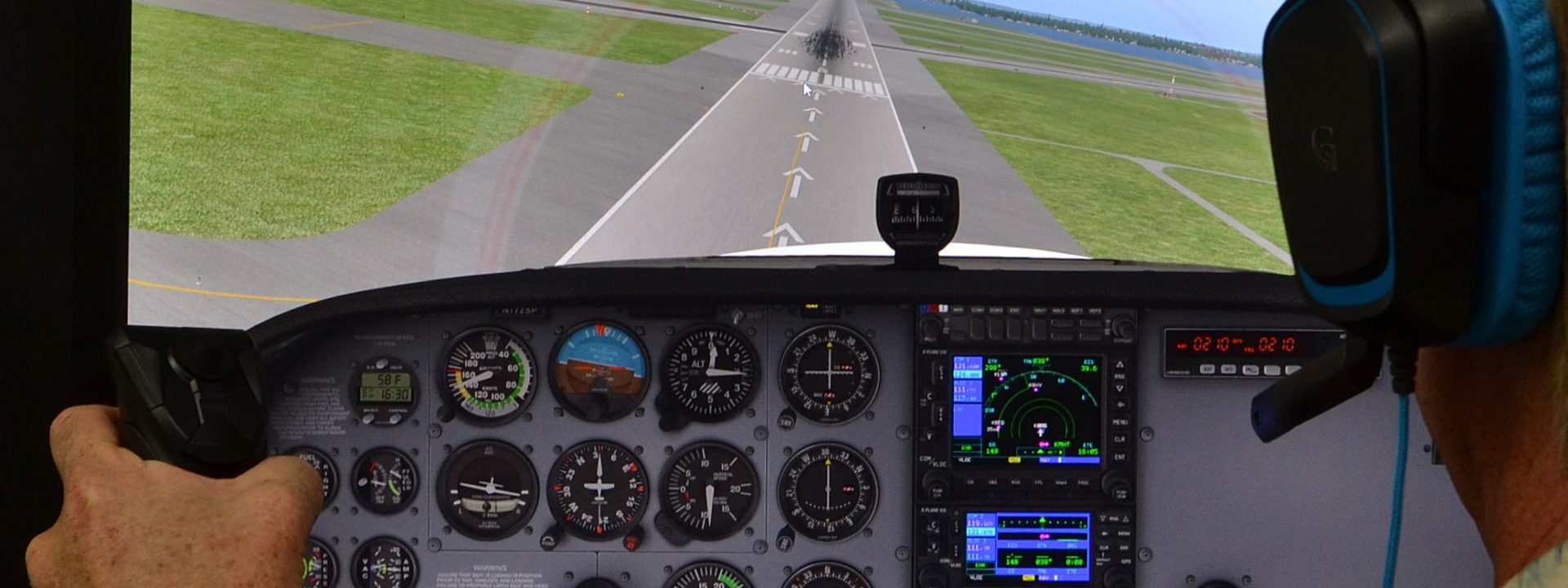

The main differences being the calculation speed and memory size: The processors in FC are also known as micro controller units (MCU), they are used to store the firmware codes and handling all the complex calculations.Ĭurrently, there are 5 main types of MCU used for FC’s: F1, F3, F4, F7 and H7. “ Tuning” is the term we use in the multirotor hobby when changing parameters such as PID, RC rates or other settings to achieve the flight characteristics we want. Some UI looks similar, but plugging the same settings into a different FW can give very different characteristics, so there is a learning curve when getting into a new firmware. Each firmware offers a different user interface (UI) with various parameters you can change.

Modern FC firmware can be configured via a computer, smartphone, or even from your radio controller. Once you have picked your FC firmware, you can look for a compatible flight controller board. They are both closed source, and the hardware and firmware are controlled by private companies so you are limited to their own flight controllers. Other popular firmware for FPV drones are FlightOne and KISS. It also has the widest range of flight controllers. It has the biggest user base, so you will be more likely to get help when you run into problems. The FC is also a hub for other peripherals, such as GPS, LED, Sonar sensor etc.įPV drone flight controllers are rapidly evolving: becoming smaller, with more features integrated, and using better processors and hardware.īetaflight is open-source, developed and maintained by the community. Some FC include more advanced sensors such as Barometer (barometric pressure sensors) and magnetometer (compass). Nearly all flight controllers have basic sensors such as Gyro (Gyroscopes) and Acc (Accelerometer). Using this data, it then controls the speed of the motors to make the craft move as instructed. It’s a circuit board with a range of sensors that detect movement of the drone, as well as user commands. The flight controller (a.k.a FC) is the brain of the aircraft.

I compiled the specifications of all FC’s in this spreadsheet so you can compare them more closely

#Flight controller upilot manual#


 0 kommentar(er)
0 kommentar(er)
